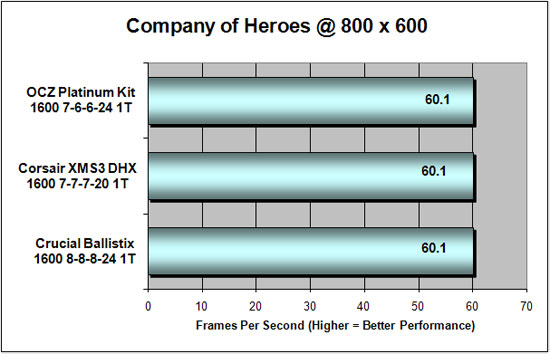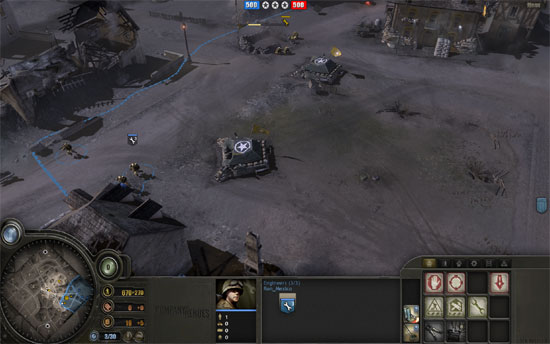Crucial Ballistix 2GB 1600MHz DDR3 Memory Kit Review
STALKER and Company of Heroes
S.T.A.L.K.E.R.: Shadow of Chernobyl
S.T.A.L.K.E.R.: Shadow of Chernobyl uses the ‘X-ray Engine’ to power the graphics. It is a DirectX 8/9 Shader Model 3.0 graphics engine. Up to a million polygons can be on-screen at any one time, which makes it one of the more impressive engines on the market today. The engine features HDR rendering, parallax and normal mapping, soft shadows, widescreen support, weather effects and day/night cycles. As with other engines that utilize deferred shading (such as Unreal Engine 3 and CryENGINE2), the X-ray Engine does not support anti-aliasing with dynamic lighting enabled. However, a “fake” form of anti-aliasing can be enabled with the static lighting option; this format utilizes a technique to blur the image to give the false impression of anti-aliasing. The game takes place in a thirty square kilometer area, and both the outside and inside of this area is rendered to the same amount of detail.

Results: At the default 1024×768 game resolution and default game settings we found that S.T.A.L.K.E.R.: Shadow of Chernobyl was more than playable on with DDR3 memory modules on the P35 chipset. Less than a 0.7 frame per second difference was observed between the the three memory kits. The slight performance lead was in favor of the OCZ memory kit, which might have been related to the tigher memory timings. We ran the benchmark six times per kit and took the average of the score, so the results are spot on!
Company Of Heroes
Company of Heroes is set during World War II where the player follows a military unit, known as Able Company, as they fight their way through some of the greatest and bloodiest battles, including the D-Day landings at Normandy.

Results: It’s only fitting that the final benchmark came out in a tie. All throughout testing it was impossible to ‘feel’ a difference in performance between all three of these kits, so this is a perfect way to conclude the benchmarking!



Comments are closed.